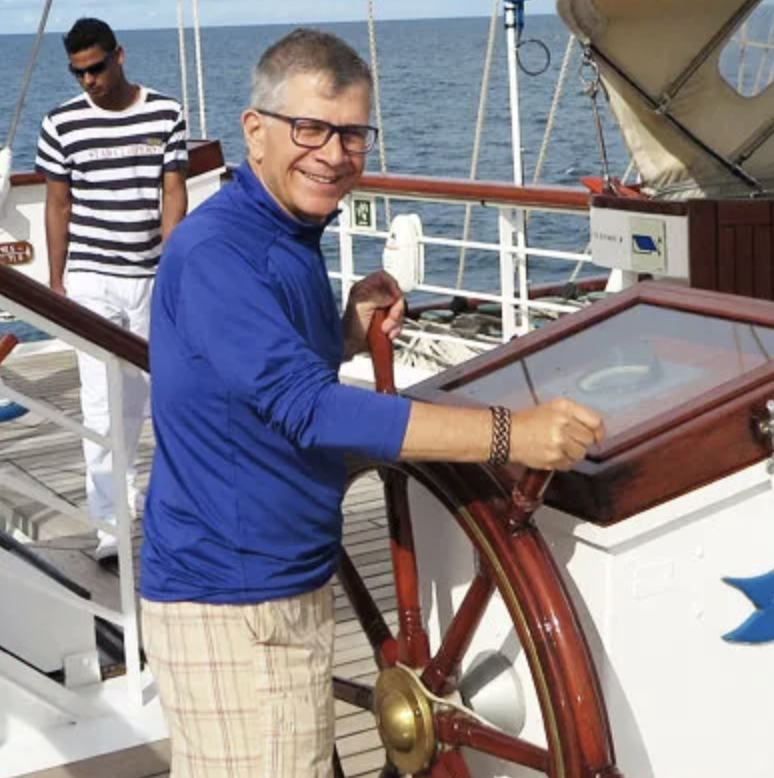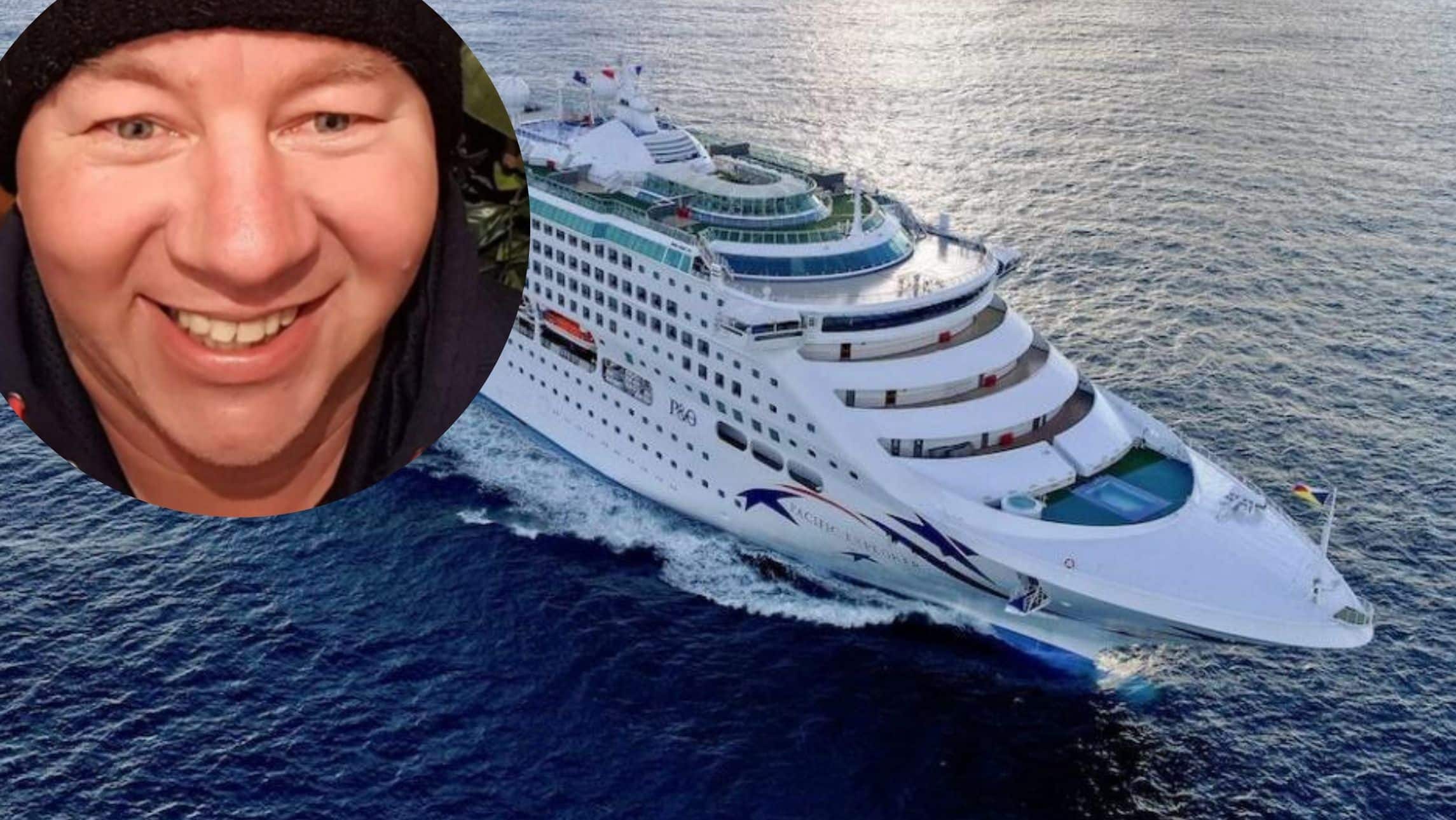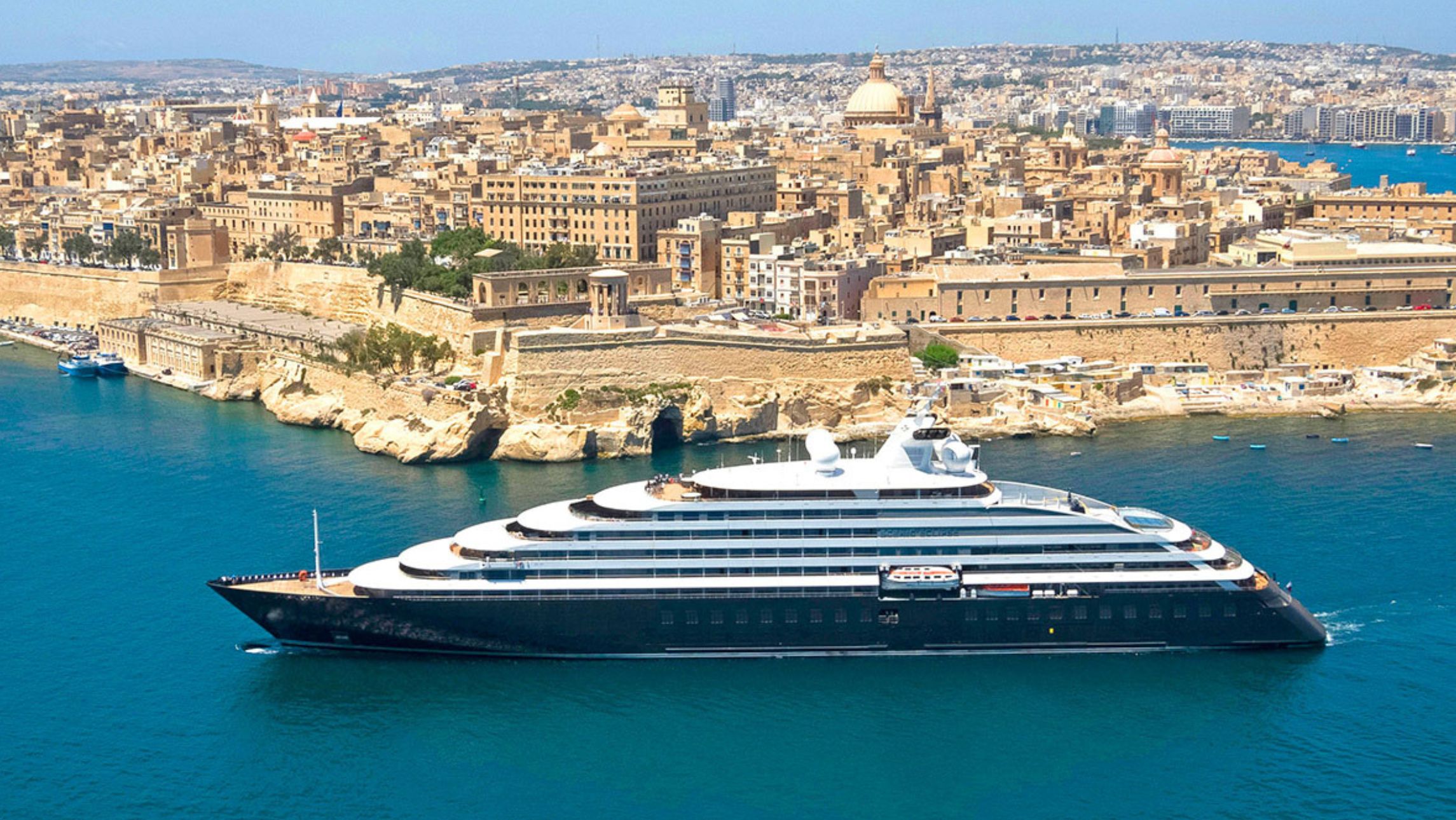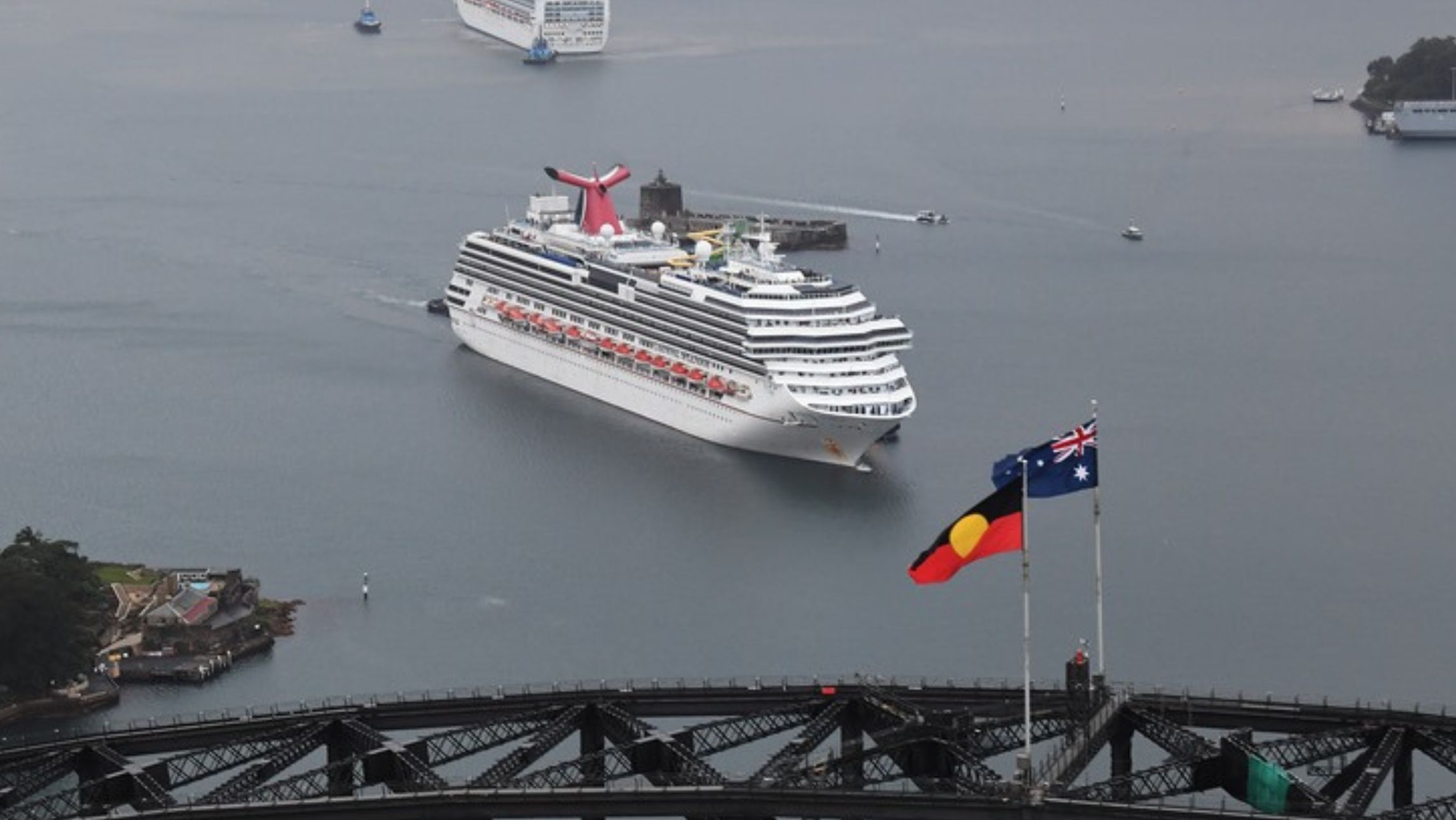Cruise lines in Europe are battling a growing number of protests from small groups of activists armed with reports on ship pollution.
A recent accident involving MSC and Uniworld vessels in Venice has also fueled protests.
In Australia, travel agents have told Cruise Passenger they are now being asked by clients to ensure the ships they are booking will not be visiting overcrowded destinations.
At least eight cities or towns in Europe have seen protests in recent days over vessel movements and overtourism, including the blockading of a Holland America ship in Germany.
https://twitter.com/xr_kiel/status/1137824057368481792?ref_src=twsrc%5Etfw%7Ctwcamp%5Etweetembed&ref_url=https%3A%2F%2Fwww.dw.com%2Fen%2Fclimate-protesters-block-cruise-ship-in-kiel%2Fa-49123805
The most recent moves in Venice, Italy, Kiel in Germany, Mallorca in Spain and Bruges in Belgium have seen protests or moves to curb cruise ship numbers.
Some of the protests were sparked after a report was issued by the Brussels-based European Federation for Transport and Environment claiming Barcelona topped a list of 50 European ports affected by cruise ship pollution.
Barcelona is Europe’s busiest cruise terminal with more than 2.7 million cruise passengers disembarking from 778 ships in 2017.
According to the report, the ships emitted 32.8 tonnes of sulphur oxide in Barcelona. Another Spanish port, Palma de Mallorca was the second most polluted with 28 tonnes, Venice 27.5 tonnes, Civitavecchia 25 tonnes and Southampton 19.7 tonnes.
Cruise Lines International Association (CLIA) refutes and claims saying the report “hasn’t had any academic scrutiny or peer review and was based on assumptions rather than measurements”.
CLIA in Brussels said members are committed to a zero emission future.
“Even though the cruise sector only represents less than 1 per cent of shipping, we are making progress every day towards this goal, but it will take time.
“The cruise industry is an early adopter of Exhaust Gas Cleaning (EGCS) technology. As a result, the EGCS industry has matured to help reduce sulphur beyond the limits stipulated and particulate matter in shipping overall.
“Currently 111 cruise ships with a capacity of more than 305,000 passengers, have been fitted with EGCS, 12 additional ships are being retrofitted with EGCS, 30 more are scheduled to be retrofitted and 27 new ships, with a capacity of nearly 100,000 passengers, will have EGCS,” CLIA said in a statement.
In Australia, monitoring by the Port Authority of NSW has confirmed that emission levels in White Bay Cruise Terminal comply with national air quality standards, CLIA Australasia told Cruise Passenger.
CLIA recently announced a global cruise industry commitment to reduce the rate of carbon emissions across the industry fleet by 40 percent by 2030.
How are Aussie passengers responding?
One of Australia’s leading cruise travel expert agencies, Bicton Travel, told Cruise Passenger about 30% of consultants said questions about overtourism were now coming up more and more often.
“Particularly with experienced travellers/cruisers who may have experienced overcrowding and want choose and itinerary or vessel that will minimise them being in overcrowded destinations,” said Barry Downs, Sales and Marketing Manager.
He added: “I know destinations like Dubrovnik are working with CLIA and the cruise operators to try and spread the load of passengers across a longer day and more days of the week, rather than multiple ships in on the same day, arriving and departing at similar times.
Mr Downs said a situation like this underscored the value of talking to well-travelled consultants who could use their extensive knowledge to offer up alternative and tips.
“Our team are lucky to be very well travelled, so use a lot of their personal experiences to give tips and advice to get the most out of a destination.
“I overheard one of them discussing Dubrovnik this week… advising the guests to avoid the old town in the morning, but to do a tour in the afternoon after lunch when often the crowds are less. (luckily their ship had a late departure).”
Consultants dealing with luxury lines were less likely to hear questions about overcrowding. “I guess choosing a ship that has late departures, overnights and a nice combination of marquee ports and lesser known harbours will have them less exposed,” said Mr Downs.
The industry believes cruise ships are wrongly singled out over overcrowding issues, because they stand out and can be seen.
Cruise tourism is still only around 5 per cent of the total tourist population, so far more of those arriving will have travelled by plane or train.
In Sydney, Monitoring by the Port Authority of NSW has confirmed that emission levels in the vicinity of the White Bay Cruise Terminal comply with national air quality standards.
NSW Health was quoted by CLIA as saying: “Sydney’s air quality is generally very good and compares well to air quality in other cities in industrialised countries.
“Measurements taken at White Bay and Balmain indicate that air quality meets national ambient (outdoor) standards. PM10 readings from the air quality monitors have generally been consistent with remote air quality stations in Randwick and Rozelle, indicating that cruise ships appear to have a minimal effect on PM10. SO2 levels have also been below national air quality standards.”









I don’t see any of them picking on the hundreds of planes flying in to these places every day spreading their pollution?
once it was tours operated throughout europe by coaches remember pulling into Vatican city parkibg lot coaches ,people tour leaders with their little umbrellas those were the days Now cruise ships …what next ..Drones in the sky?
The Moon will be ‘over-touristed’ before any too much longer!;
+
Bravo to the ‘small’ group of protestors, – after all – “the road is narrow & very very few ever find, let alone, follow it”.
With cruise ships getting bigger and bigger, with that comes thousands more people on one ship alone. I agree with restrictions, can’t understand why the ships have to be so big other than it means more money.
Port overcrowding is also affecting Alaska – Skagway, Juneau and Ketchikan. We were there in May this year (2019) on a ship with over 3,000 passengers and happened to be in a group of five cruise ships moving up the Alaskan coast visiting these ports at the same time. When on shore, we could not move in the streets or around the pier because of the massive crowds. Shops and eateries were also crowded. Not what we expected at all.
I agree that we are exceeding the comfortable passenger visitations in some ports. This is basically because regional ports are allowing numerous vessels with thousands of passengers to land. The mess left behind when the ships sail is amazing. I experienced unbelievable discomfort in Venice and in Dubrovnik where it was virtually impossible to move unless you went with the crowd. This is as bad as the pollution caused by shipping eg Air pollution in White Bay.
All ports should have a visitor maximum allowed when ships request a berth.